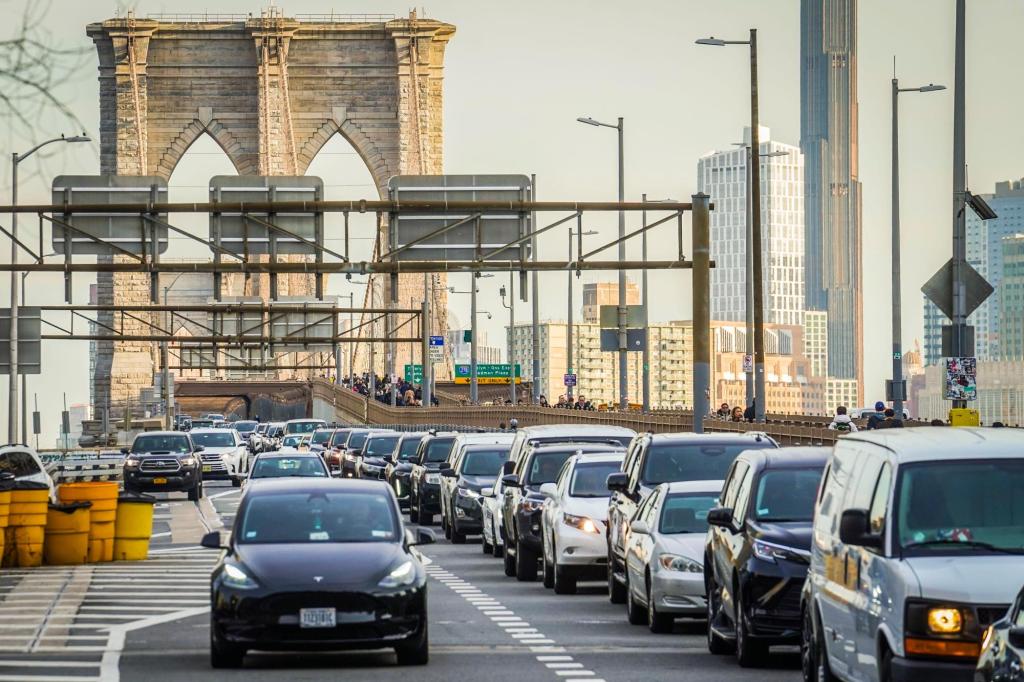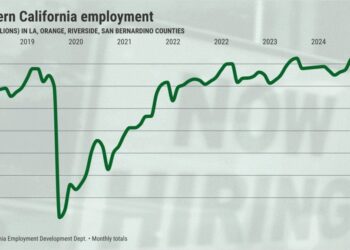By Tom Krisher and Matthew Daly | The Associated Press
The Biden administration this week is expected to announce new automobile emissions standards that relax proposed limits for three years but eventually reach the same strict standards proposed by the Environmental Protection Agency.
The changes come as sales of zero-tailpipe emissions electric vehicles, needed to meet the standards, have begun to slow. The auto industry has cited lower sales growth in objecting to the EPA’s preferred standards unveiled last April as part of the most ambitious plan ever to cut planet-warming emissions from passenger vehicles.
Also see: Are EV sales declines in California just a blip or a long-term trend?
The EPA suggested that under its preferred alternative, the industry could meet the limits if 67% of new vehicle sales are electric by 2032.
But during a public comment period on the standards for 2027 through 2032, the auto industry called the benchmarks unworkable with EV sales slowing as consumers worry about cost, range and a lack of publicly available charging stations.
Three people with knowledge of the standards say the Biden EPA will pick an alternative that slows implementation from 2027 through 2029, but ramps up to reach the level the EPA preferred from 2030 to 2032. The alternative will have other modifications that help the auto industry meet the standards, including the calculation of how EV fuel economy is measured, one of the people said.
Related: Rivian to cut 10% of salaried staff as EV momentum stalls
The people, two from the auto industry and one from the government, didn’t want to be identified because the new standards haven’t been made public by the EPA.
The changes appear aimed at addressing strong industry opposition to the accelerated ramp-up of EVs, along with public reluctance to fully embrace the new technology. There is also a legitimate threat of legal challenges before conservative courts.
The Supreme Court, with a 6-3…
Read the full article here







